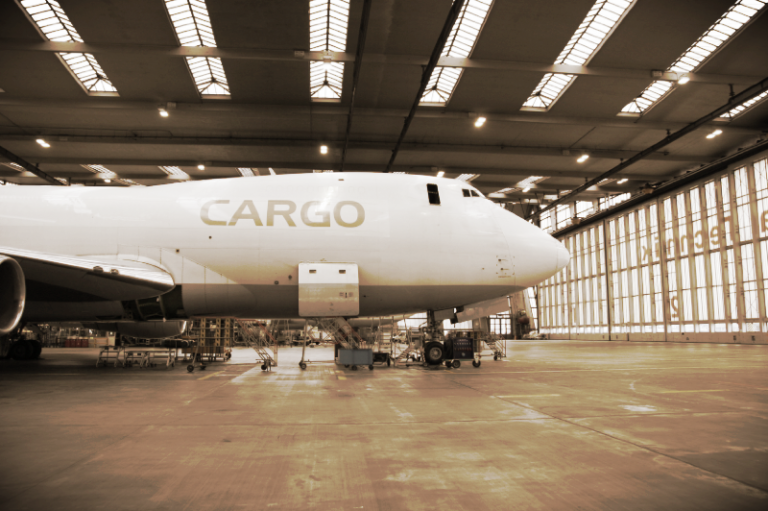Definition
What’s the difference between gross weight and chargeable weight when using airfreight? Those new to global trade and studying their first bill of lading may notice two weights for their shipment – the Gross Weight (GW) and the Chargeable Weight (CW). This applies to shipping via airfreight or ocean freight. The two represent different weights.
The Difference Between Gross and Chargeable Weight
The gross, or actual, weight figure represents the weight provided by the customer shipping the freight when requesting the shipping quote. It’s the actual weight of the item, crate and packing materials.
The chargeable weight represents the greater of:
- the gross weight or
- the volumetric weight.
It’s the figure the Air, Ocean or Ground shipping company uses to charge the customer. The method of calculation of volumetric weight varies by transportation method and trade lane.
How to Calculate Chargeable Weight
To find the chargeable weight for airfreight, first calculate the volume of the cargo in cubic inches using the formula:
Volume = Length x Width x Height.
Second, divide the Volume by the appropriate constant from the following list to determine its volumetric weight in:
- pounds, 166,
- kilograms, 366,
- kilograms (using volume in centimeters), 6,000.
For kilograms using volume in centimeters, domestic couriers use the constant 5,000.
Why Compare Weights?
Global trade uses the greater of two figures to create a more fair shipping charge. For example, the actual weight of cotton would weigh much less than one of iron plates. The cotton would require more room in the cargo hold than the plates. One utilizes space, the other weight.
This also provides a fair rate to the shipping company. Each vehicle, aircraft or ship has a carrying capacity. Whether met when its space fills or its cargo meets its weight limit, once it reaches carrying capacity, it reaches the monetary limit it can make on that haul. Using the greater of gross weight or volumetric weight as the chargeable weight ensures the carrier receives a fair price for the space or weight contribution to its carrying capacity.
What Adds Weight Cost?
You may notice on your bill of lading a discrepancy between your product’s actual size in volume and the volume listed. Contact the supplier or third-party warehousing/packaging firm handling the cargo preparation. Ask if they palletized the cargo. Palletization often causes cargo to take up more space.
Also, carefully choose packaging and interior packing materials. A thick, but light box could cost more than a slightly heavier box using thinner material. The choices between styrofoam chips, air-filled plastic, crumpled packing paper or another option can affect volume and weight. Choose the packaging option that lets you fit the most product in the crate without damage.
The proper planning can ensure that whether the shipping company uses the gross/actual weight or the volumetric weight, the price will be similar. It also means your bill of lading won’t contain any surprises for you.
Why understanding Volume Weight is so important?
Understanding volume weight will empower you to accurately calculate your shipping costs. Depending on the commodity shipped, the difference between the actual weight (gross weight) and Chargeable weight could be 2 – 3 times. So if you thought you were going to pay $2.00 per Kilo and the shipment had a gross weight of 1000 Kilos, you think your cost would be $2000.00, now that would be correct if you were shipping dense cargo, like denim. If however, you were shipping something voluminous like ladies shoes, you could find out that the volume or chargeable weight would be 2500 Kilos and therefore your airfreight cost would be $5000.00



